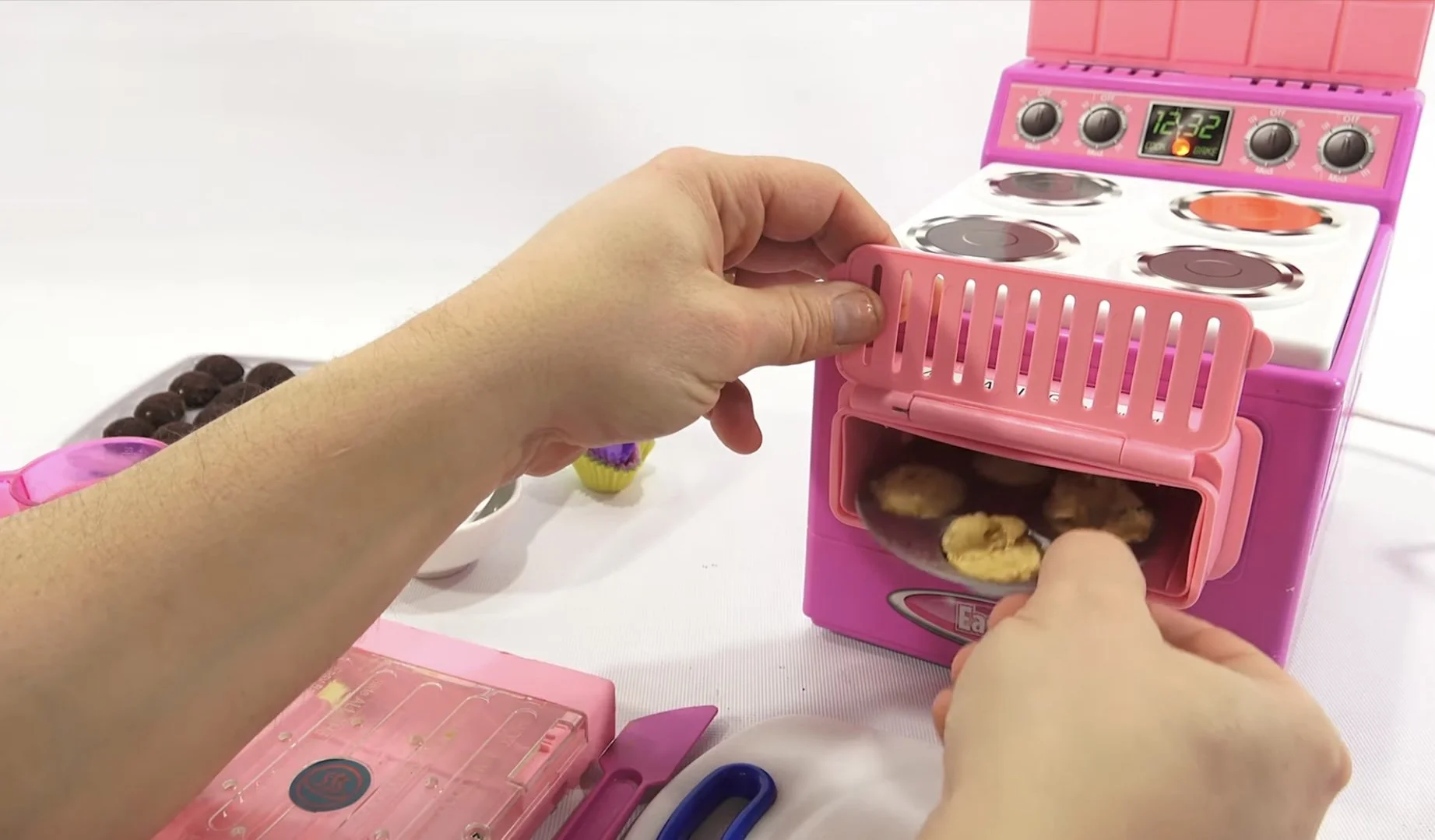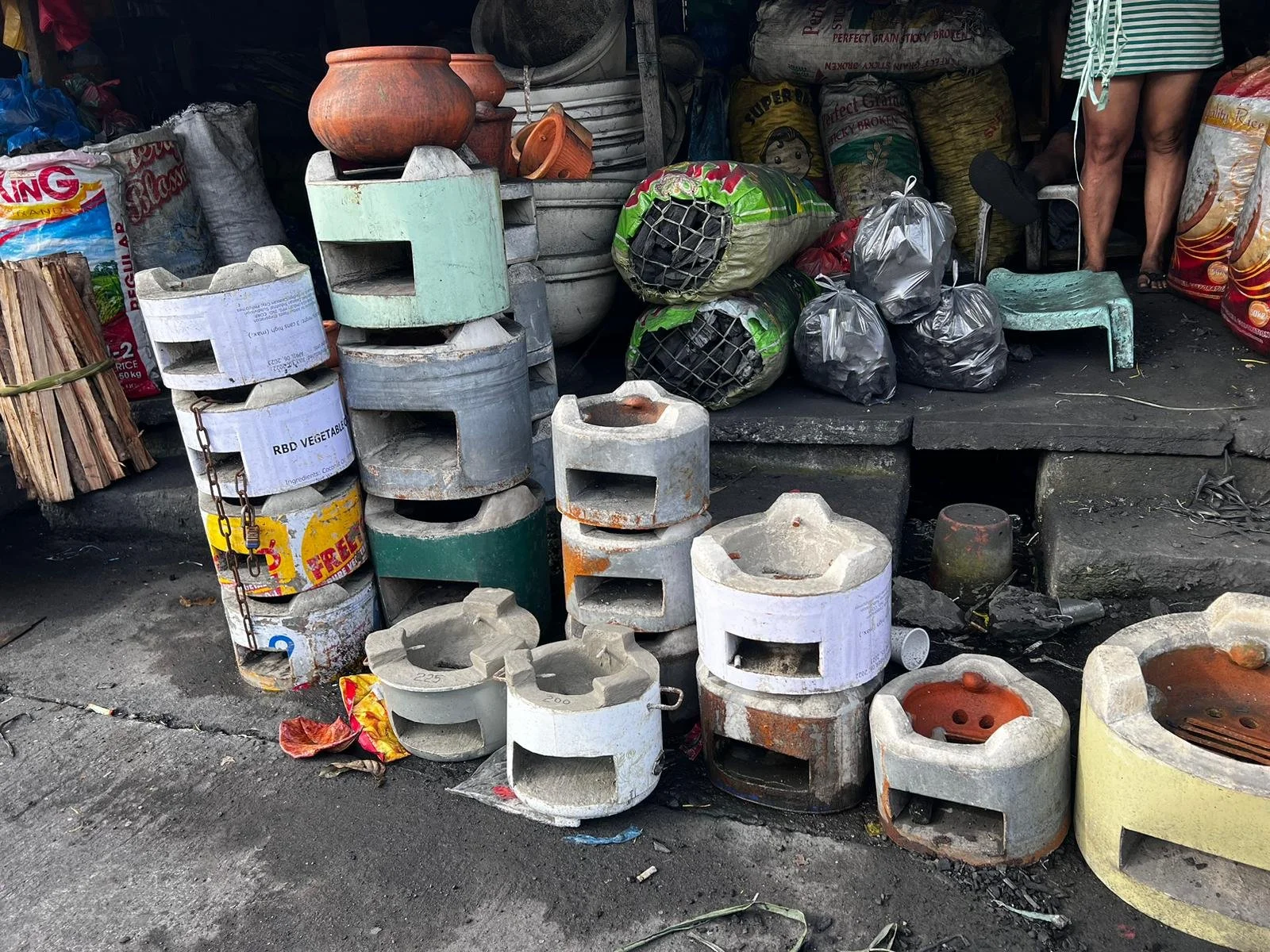Kimchi Cookies
It was Summer 2006, and I was willingly burning myself on my main course from an Easy-Bake Oven. With a focus usually reserved for friends' secrets and Sailor Moon reruns, I powered through the pain: band-aids last forever, but entrees can die. I gingerly gripped my plastic scoop and inspected the savory puck of smushed rice and kimchi. Hot and steaming (so hot, in fact, that Hasbro recalled one million Easy-Bake Ovens the following year), it was both tongue-scalding and luke-warm, tooth crunching on the edges and limp in the middle. Ah, balance.
But that was exactly how my parents liked it, and I knew that because when I put plates down they would always break out in a broad smile, ooh-ing and ahh-ing at my passionate explanations for whatever abuse I put our leftovers through. Knowing this, I could confidently put Dad’s rice/tunacan-tuna/broccoli mush into The Black Box and waited for the100w incandescent lightbulb to work its magic.
The Ibalong epic from Bicol (an account dated in the mid 19th century) gives a divine and indigenous origin to the household kitchen tools and utensils. Dinahon, idol of the hearth, created the jar, claypot, stove, earthen bowl and household utensils.” This is but one region of the Philippines, but the reverence for the process of cooking was shared by all. My Lola, who came from Cebu, talked about the clay stoves her family cooked with (called kalan but also known as many other names such as kusinilya, abuhan, tungko, dapugan, dalikan or kalikan depending on region), many red clay pots (called palayok but also known as many other names such as koron, kuran, kulon and banga). Huge vats, called kawa, used to feed many people for the large gatherings and celebrations, were often outside and fired over open flame. Gilda Fernando in “The Country Cooks” writes that traditional cooks thought that metal pans “were malansa (metallic-tasting), surely to have come from some airplane part. Loyally, they stuck to the clay pots and the cast iron taliyai and the native kawali (a Chinese-influenced pan shaped like a wok), or the old copper utensils of days gone by.”
Bicol, Archipelago team trip 2023
American colonization brought a new wave of kitchen equipment and techniques - along with a concerted effort to modernize the Filipino lifestyle. Electric and gas powered ovens, American stoves, steam pressure cookers and the like began to enter homes all across the country and shift the idea of a Filipino kitchen. In the 1930s, C. Tuason of Tuason and Sons developed the “Mayon Stove,” a Philippine designed and made stove that rose in popularity. Around that same time, Maria Orosa (some of you may recognize her name), updated the palayok to a pugon-palayok - an inventive and efficient stove/pot hybrid that remains used and well-loved to this day.
The collision, interpretation and assimilation of many cultures in the kitchen continues now. These changes adapt to Filipino food well. Filipino historian Doreen G. Fernandez writing that they “maximize the housewife’s/cook’s time, adapt well to all the basic processes of our native cuisine which are indeed no different than those of other cultures.” However, many urban homes retain their palayoks, kalan and the like next to these new appliances, using a unique blend of tools to suit whatever the meal calls for.
As I mushed microwaved bananas and coconut flakes with a mortar and pestle for my parent’s dessert course (I’d really use any excuse to use it, so much so that I never cleaned it and there were definitely still bits of spices and pine needles and crushed garlic on the bottom), I tasted joy. I wasn’t aware of all the history, all of the cultural significance, what many brilliant minds honed and crafted these techniques and tools, what sacrifices were made by my family to allow me an Easy-Bake life (no matter how many children’s fingers were found to be burned and maimed by it later) - I was having fun. It was nothing less than magic to see the beloved fruits and plants and meats of my childhood change in front of my eyes. No matter the tool, no matter the era...what a beautiful thing.
About the author
Anna Mulia
Lead Server from Seattle, WA.
Anna is an artist and performer specifically but just a general lover of making beautiful, meaningful things. Her passion and energy can be felt in every interaction she has with our guests.
She was born in Hawaii and grew up right here in Seattle. She is proudly of Korean, Indonesian, and Filipino decent.



